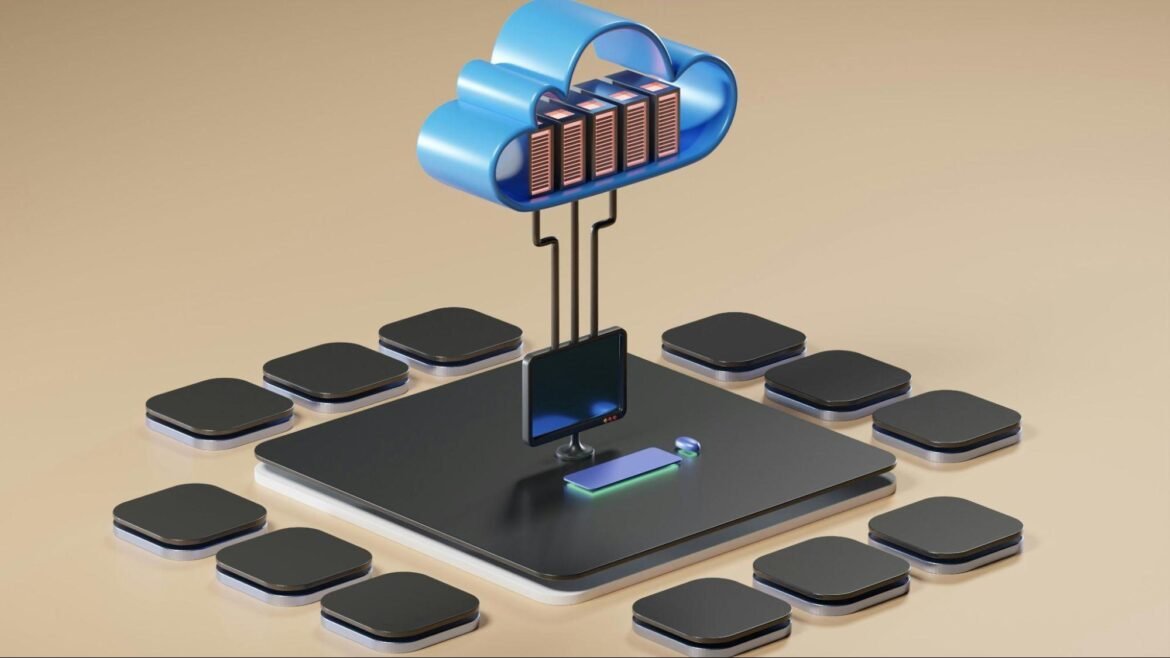The future of the workplace isn’t just digital—it’s sustainable. As companies reevaluate their environmental footprints, the modern office is becoming a hub for eco-conscious transformation. From cloud computing to energy-efficient hardware, sustainable tech practices are no longer niche—they’re essential.
Even small, often-overlooked choices make a difference. For instance, many offices continue to dispose of unused or surplus printing supplies without realizing their value. Resources like https://www.selltoner.com/ offer a streamlined solution to turn unused toner into cash while reducing landfill waste—a win for both the environment and the budget.
Let’s explore the most impactful strategies for making office tech more sustainable—and smarter.
1. Rethink Your Hardware Lifecycle
Most companies replace their tech on a rigid 3–5 year cycle. While upgrading is important for security and performance, not all devices become obsolete at the same time. Extending the life of equipment like monitors, docking stations, and even older laptops with minor repairs can significantly cut down on e-waste.
Before tossing out that aging printer or network switch, evaluate whether it still meets your needs. Refurbishing and reallocating hardware within teams can stretch your investment and reduce environmental impact.
According to the U.S. Environmental Protection Agency, reusing electronics can reduce greenhouse gas emissions and preserve the valuable resources used in production—like rare earth metals and plastics.
2. Implement Smarter Printing Policies
Offices still rely heavily on printing—even in a hybrid or remote setting. But printing sustainably is possible. Start by adopting simple policies like:
- Setting duplex printing (double-sided) as the default
- Using ink-saving fonts (e.g., Century Gothic or Ecofont)
- Encouraging digital signatures instead of printing and scanning
Additionally, tracking usage across departments helps identify wasteful habits. Use print management software to generate reports and optimize usage patterns.
And instead of discarding unused cartridges or toners, explore reselling. Companies like SellToner allow businesses to convert surplus toner into value, keeping these materials out of landfills and supporting a circular supply economy.
3. Prioritize Cloud Storage Over Physical Servers
Migrating from on-premise servers to cloud infrastructure not only boosts scalability but also improves sustainability. Cloud providers typically run their data centers far more efficiently than most local server rooms.
Leaders like Google, Microsoft, and Amazon invest heavily in renewable energy and advanced cooling systems to minimize environmental impact. By transitioning file storage, backups, and software operations to the cloud, offices can reduce electricity consumption and hardware demand.
Additionally, fewer physical servers mean less need for climate control, maintenance, and disposal—all areas where emissions can be cut.
4. Choose Energy Star Certified Devices
When buying new equipment, prioritize devices with the ENERGY STAR label. These products meet strict efficiency standards set by the U.S. government and reduce both energy use and operating costs.
Look for ENERGY STAR ratings when upgrading:
- Computers and monitors
- Printers and copiers
- Smart thermostats
- Networking equipment
Smart power strips and automatic sleep modes also help cut phantom loads—energy that devices consume while in standby mode.
5. Establish a Device Recycling Program
Even the most durable hardware has a lifecycle. When electronics finally reach the end of their usefulness, responsible recycling is key. Many manufacturers and retailers offer take-back programs or e-waste recycling drop-offs.
Create a dedicated e-waste bin in your office and work with certified recyclers who comply with global standards like R2 (Responsible Recycling) or e-Stewards. Educate employees about what can and can’t be recycled to avoid contamination in the stream.
Also, don’t forget the packaging waste from new tech purchases—opt for vendors who use minimal, recyclable packaging materials.
6. Optimize Workstation Energy Use

Image from Unsplash
Many offices waste energy simply by leaving devices on when not in use. Smart automation tools can schedule system shutdowns during off-hours or idle periods.
Here are a few simple but effective energy-saving tactics:
- Set computers to sleep after 5–10 minutes of inactivity
- Turn off monitors during breaks
- Unplug chargers when not in use
- Use motion sensors for lights in common areas
- Adopt LED lighting with dimmable or auto-adjusting features
Over time, these adjustments reduce both energy bills and your carbon footprint.
7. Leverage Virtual Collaboration Tools
Frequent travel for meetings or training significantly increases a company’s emissions. Virtual meeting platforms like Zoom, Microsoft Teams, and Google Meet allow teams to collaborate without stepping onto a plane. Go a step further and digitize all workflows—project management, feedback, document sharing—using platforms like Asana, Slack, Trello, and Google Workspace. Paperless workflows, when adopted thoughtfully, create both environmental and operational benefits. Plus, they’re easier to scale across hybrid or international teams.
The sustainable office of today is lean, intentional, and technologically forward. Whether you’re optimizing print use, switching to energy-efficient gear, or reselling unused supplies, every effort compounds. What once seemed like minor choices—such as reducing printer waste or setting power-down timers—can collectively reshape how businesses impact the environment.
By integrating platforms like Sell Toner into your office workflow, you take a step toward circular tech practices that not only conserve resources but make financial sense. In a world where both clients and employees are increasingly eco-conscious, sustainable tech choices are no longer a nice-to-have—they’re a competitive advantage.


